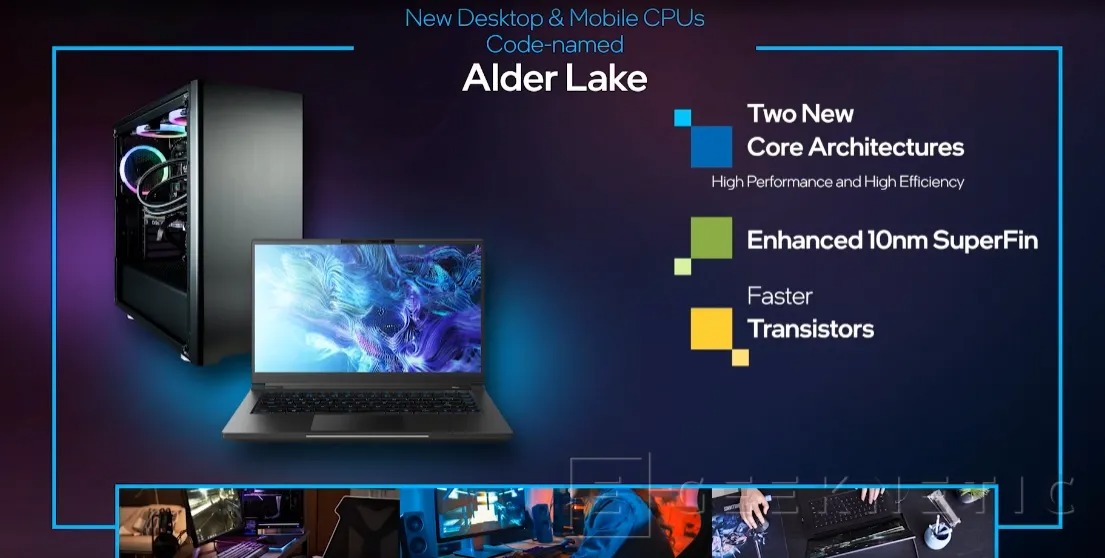Scientists at NVIDIA and Harvard have made a huge discovery in genetic research. Here’s what it’s about.
They have developed a set of deep learning tools that is able to significantly reduce the time and costs required to run rare and single-cell experiments.
So, according to a study published in Nature Communications, the AtacWorks toolkit can infer an entire genome, a process that normally takes just over two days, in just half an hour. It can do this thanks to NVIDIA Tensor Core GPUs.
This approach by NVIDIA and Harvard could lead to the identification of biomarkers for diseases such as Alzheimer’s or cancer
AtacWorks works with ATAC-seq, a well-established method designed to find open areas in the genome of healthy cells and sick. These “open areas” are subsections of a person’s DNA, which are used to determine and activate specific functions. For example, the liver, blood or skin cells. This is the part of a person’s genome that could give scientists clues as to whether a person could have Alzheimer, heart disease or cancer.
ATAC-seq usually requires analysis of tens of thousands of cells, but AtacWorks is able to achieve the same results using only tens of cells. The researchers also applied AtacWorks to a set of stem cell data that produce red and white blood cells, subtypes that usually cannot be studied using traditional methods.
But with AtacWorks, they were able to identify separate parts of the DNA associated with white blood cells and red blood cells, respectively.
The ability to analyze the genome faster and cheaper will help identify specific mutations or biomarkers that could lead to certain diseases. It could even help discover drugs, helping researchers figure out how a particular disease works.
“With very rare cell types, it is not possible to study the differences in their DNA using existing methods,” said NVIDIA researcher and lead author Avantika Lal. “AtacWorks can help not only reduce the cost of collecting chromatin accessibility data, but also open up new possibilities in drug discovery and diagnosis.”
–


